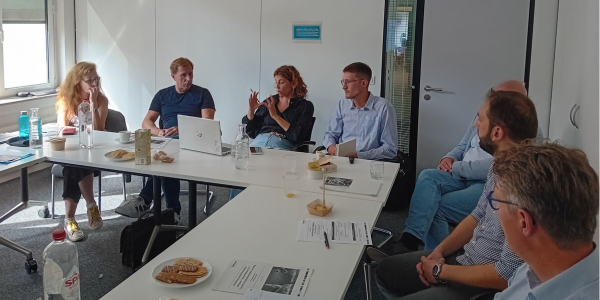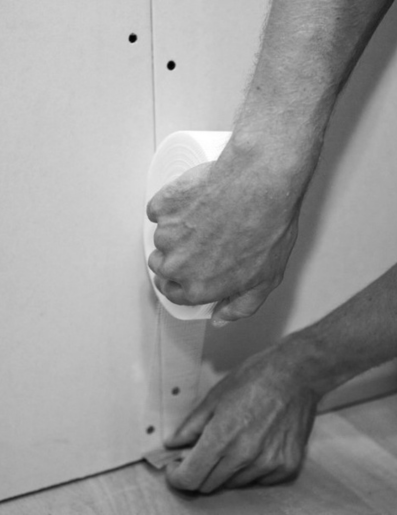We face an urgent need to reduce waste and decrease our environmental impact while ensuring high quality homes. Therefore, our Council of Administration met with the Brussels Federation for Social Housing – Société du Logement de la Région de Bruxelles-Capitale (SLRB). We discussed circularity strategies for public and social housing and examined how these can be practically implemented.
Eurhonet’s meeting with SLRB
The SLRB, responsible for the development and promotion of social housing in the Brussels Capital Region, supports and advises 16 local housing providers. It oversees the construction, acquisition, and renovation of properties. In addition, it carries out social cohesion and artistic projects in Brussels and develops digital tools for local housing providers.
“We want to build strong neighbourhoods with functional and social mix, and with great attention to social spaces and quality of life,” emphasised Dorien Robben, Deputy Director General of the SLRB, last week. “The main challenge in Brussels is poverty. The waiting list for social housing keeps growing as half of Brussels families now fall within the conditions to access social housing,” explained Robben.
The Brussels Capital Region in numbers:
- 1.2 million inhabitants
- 19 municipalities
- 162 km2
Watch this video in collaboration with the BBC and Housing Europe on how communities are developing within Brussels.
Circularity strategies for public and social housing
The SLRB is managing the renovation of many housing units, investing 88 million euros last year. Placing circularity at the heart of these projects is challenging but necessary to reduce environmental impact.
During our meeting, Guillaume Sokal, Project Coordinator at SLRB, shared an interesting case study. Former police residences in Ixelles are being repurposed into social housing. The project draws on the area’s potential in terms of accessibility via public transport, residential-commercial-cultural mix, and proximity to universities.


The transformation prioritises the preservation of the original structure and materials to the maximum extent possible:
- SLRB retained 86% of the materials
- Of the 14% of materials removed, 37% will be reclaimed and 22% will be recycled


Practical Implementation of Circularity Concepts
“We focused on circularity to avoid waste, but it also adds a sense of storytelling in the architecture. Materials that already have a history have now found a new use here. It was about bringing people together as well. We had to find a balance between common spaces, nature, and the housing project,” said Sokal.
An advantage of the site was that, as the buildings were originally designed as housing for police officers, a lot of the structure could be maintained. A meticulous inventory was key. The team carefully logged all materials at the beginning of the project, detailing the condition and potential uses. In addition, targets are continually monitored to ensure responsible use of resources.


In cases where reusing original materials was unfeasible, careful consideration is given to the building’s lifecycle. The TOTEM tool for lifecycle analysis guides the selection of new materials. For instance, balconies will be constructed so that they could later be disassembled and reused as needs changed. Attention to small details, such as joint tape placement, can make a significant difference if changes are needed later.
Collaborating on circular strategies
Our Council of Administration members were pleased to meet the SLRB and learn more about their innovative circularity strategies and support for local housing providers.
SLRB is a member of our partner organisation Housing Europe, which carries out interesting policy work on circularity. Its demo pilots – building circular communities or going for circular-deep renovation of affordable homes – push the frontiers of the circular economy. In addition, this work has been backed up by EU-funded projects, such as Drive 0 and ARV, as well as policy recommendations of the Houseful project on what is needed to democratise circular homes.
At a local level, Eurhonet’s Sustainable Construction Group continues to share expertise and best practice for waste reduction and the development of energy efficient, low-carbon housing. We meet regularly to tackle practical challenges together and to better understand how sustainability strategies can be successfully implemented by public and social housing companies.





